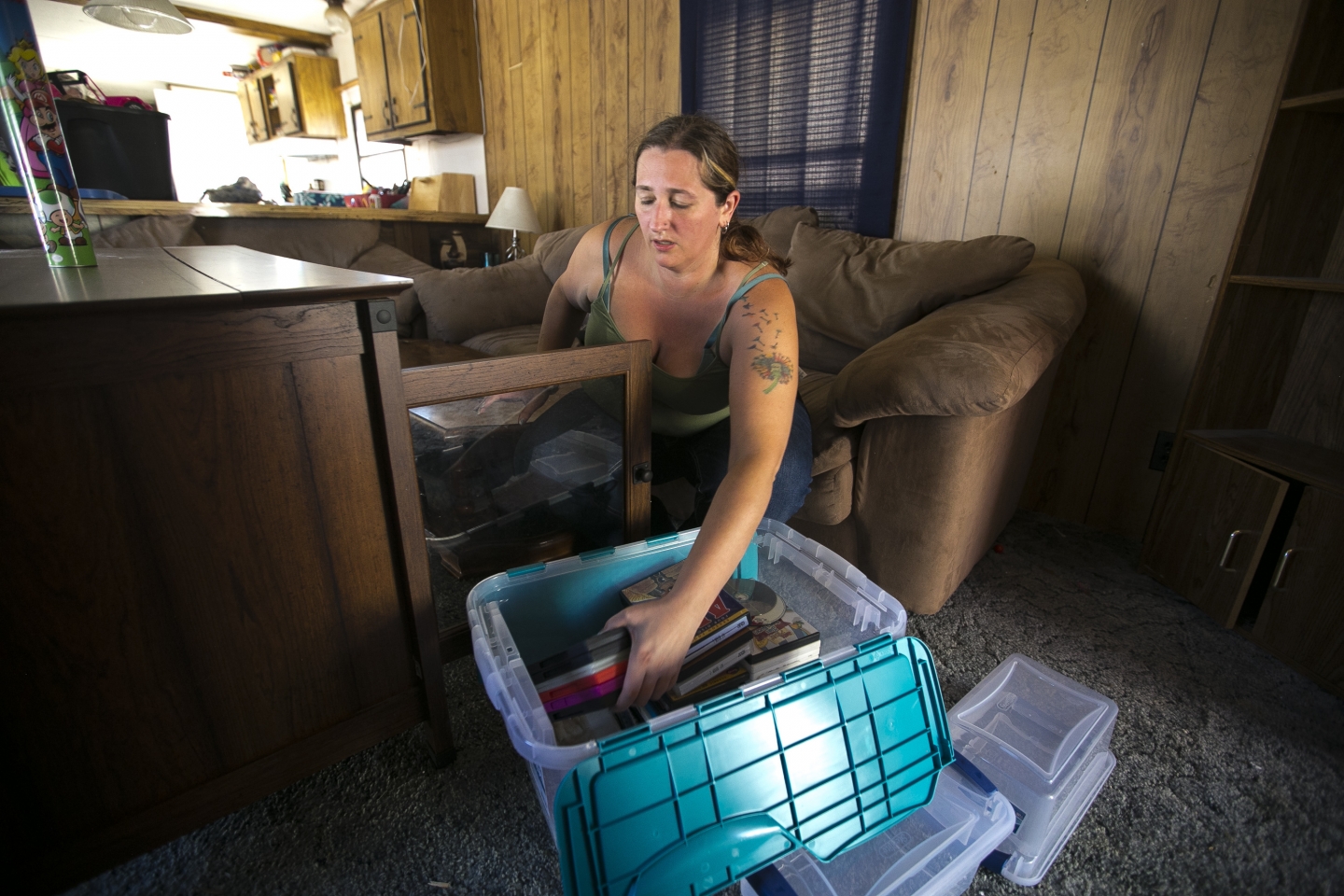There's no place like home
The pivot away from mobile home park development over the last 35+ years is resulting in damaging, unforeseen consequences.

Capital Thinking • Issue #1100 • View online
As we watch rent and home prices soar around the country, it’s easy to forget that the U.S. housing market includes far more options than just luxury condo towers and single-family homes.
Barriers to Mobile-Home Parks Cruelly Limit Affordable Housing Supply
In fact, multi-family dwellings and mobile home parks house far more Americans than many people think.
About 22 million people live in manufactured homes, according to the Manufactured Housing Institute. That’s about 6% of our nation’s population.
Affordable manufactured housing options allow tens of millions of Americans to keep a roof over their heads, especially at a time of stratospheric real estate costs.
But mobile home parks are disappearing. The ramifications for low-income families are crippling.
Mobile homes play an important and often overlooked role. When government provides housing, residents end up in poorly maintained, low-income apartment complexes where they never get out of the game of paying rent forever.
Mobile home parks, on the other hand, give hardworking Americans a clear path to owning a home.
A typical new 1,280 square foot three-bedroom, two-bathroom mobile home sells for around $60,000. Residents often put down as little as 10 percent ($6,000) and make monthly payments of around $1,100 a month in combined lot rent and home payment for 10 to 15 years.
The costs are even less when residents move into pre-owned homes. With a $1,000 down payment, and monthly combined payments of $600, residents can become homeowners in as little as three years.
Compare that to the 30 years of indebtedness that comes with a typical home mortgage, or the never-ending cycling of rent payments that don’t build equity.
A dwindling supply
Starting in the early 1980s cities and counties nationwide began outlawing the construction of new mobile home parks.
Even when not prohibited directly, municipalities created onerous zoning laws that discouraged new development.
Despite subsequent decades of talk from politicians on both sides of the aisle about increasing the supply of affordable housing, the message was clear: “Not in my backyard.”
Slaughterville, Oklahoma, now requires that each new mobile home be placed on at least 2.5 acres of land, with an additional 15,000 square feet for a second dwelling. Typical density is about 10 units per acre.
The new restrictions mean that owners can only put two homes on property that traditionally holds 28. This isn’t affordable or feasible.
The law effectively halts development of new mobile home parks, as well as other affordable single-family housing.
Consider Ohio’s mobile home stipulation. The state requires homes be placed on concrete runners, rather than directly on the ground (as HUD code allows).
The result: an exceptionally thick foundation that can add as much as $5,000 to the initial cost. On a $25,000 mobile home that’s a 20% price jump.
Because of ordinances and government overreach like this, we’re going backwards on the cause of creating affordable housing.
There is no centralized database of mobile home construction or redevelopment but my research shows that fewer than 20 new mobile home parks were built in the U.S. last year, on a base of about 50,000.
At the same time, approximately 1% of all mobile home parks close and are redeveloped every year. That’s around 500 mobile home parks disappearing annually, according to my research and widely accepted industry calculations.
This pivot away from mobile home park development over the last 35+ years is resulting in damaging, unforeseen consequences.

*Featured post photo by Laura Cleffmann on Unsplash